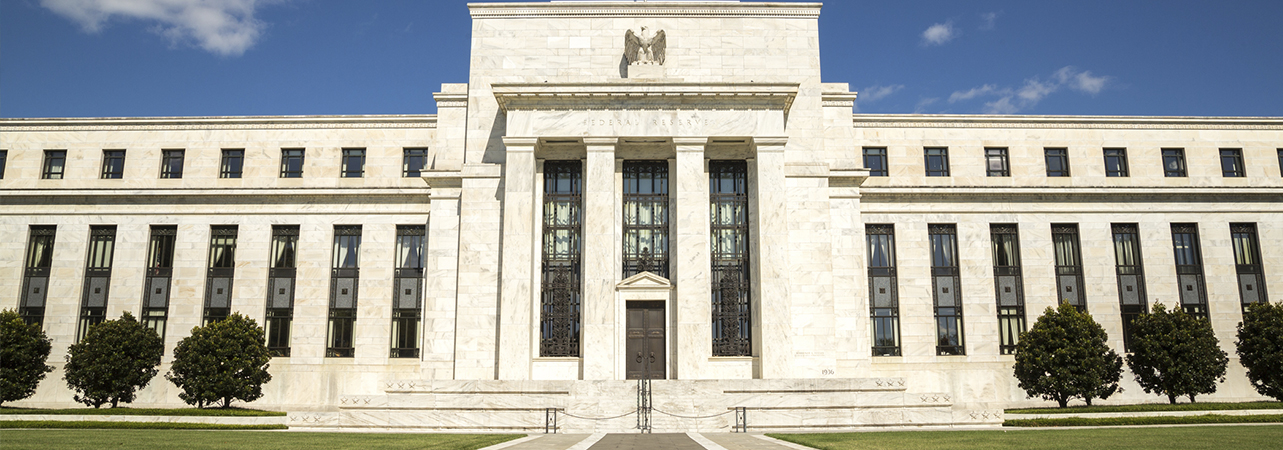Markets continue to ride a wave of easy money: could the Federal Reserve bring that to an abrupt halt?
- It’s fifty years since Richard Nixon abandoned the gold standard, leaving central banks to print money with ease
- This policy has helped ease the US economy through the crisis
- As the Federal Reserve starts to talk tapering, markets may be about to experience the side effects of the policy
Richard Nixon may be remembered for Watergate, but his lasting legacy has been to take the US off the gold standard. By breaking the link between gold bullion reserves and money supply, he ushered in an era where central banks could print money with ease.
The gold standard disappeared 50 years ago last month and policymakers have made extensive use of the freedoms it provides. In particular, it helped the US economy out of a tough spot when the pandemic hit. Low rates and quantitative easing helped ensure that the pandemic-related recession lasted just two months, the shortest in history.
However, we may be about to experience the side effects of this policy. Central banks are exerting a distorting influence on government bond markets, remaining the dominant buyer in most developed markets. This has continued to push yields lower even as the global economy has recovered and inflation has revived.
The problem is that the policy cannot continue indefinitely. The justification for keeping the policy in place is ebbing as economic growth revives. Last week’s Jackson Hole meeting hinted that the Federal Reserve is actively considering when to taper. Some central banks have already started to set out their timeline for easing and the Federal Reserve looks likely to follow in September or October.
This could create difficulties for markets. They have grown used to easy monetary policy and seem to be as unprepared for its withdrawal as they were during the ‘taper tantrums’ of 2013 and 2019. Volatility appears inevitable.
This time round, fiscal stimulus may make a difference. Governments are still committed to significant infrastructure plans and green energy measures, which should cushion the blow of tightening policy. However, there are areas that could be hit harder. Emerging markets, for example, are already struggling and could be dented further by Fed tightening.
Much will depend on the speed of tightening. Most economists agree that tapering is likely to happen at a ‘glacial’ pace. The Federal Reserve is not about to let the market decide where bond yields should land – the risks for the economy are too great.
Stock markets look expensive relative to history. At the moment, with earnings buoyant and plenty of stimulus around, they can continue their ride higher. However, tapering could put an abrupt end to the party.




